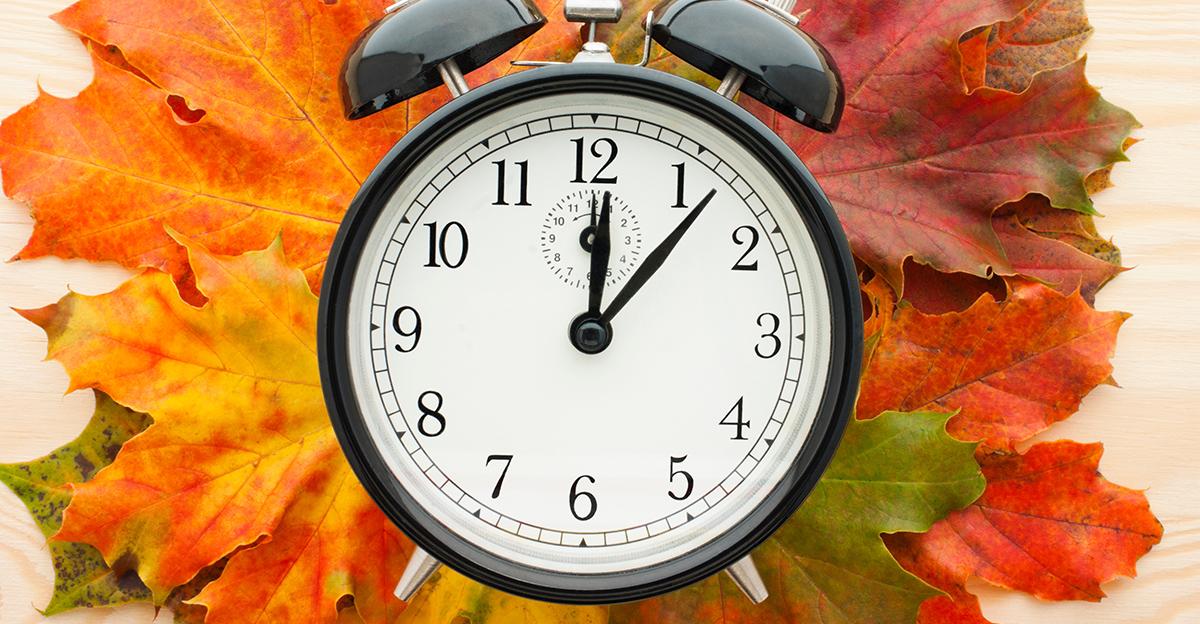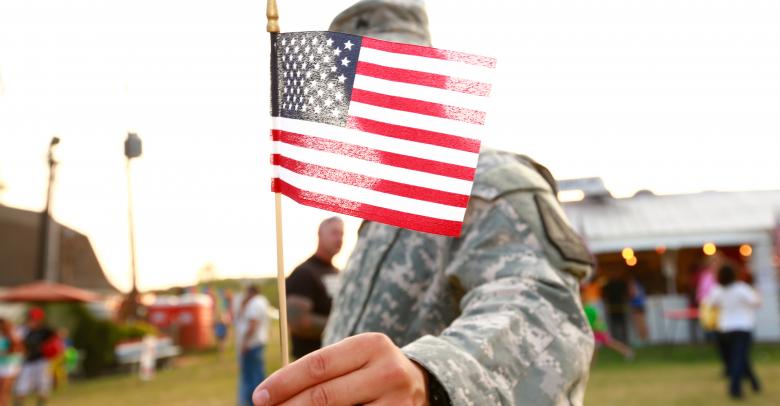Daylight Saving Time (DST) is designed to allow for more daylight hours during the fall and winter months. While this seems like a minor event, the history of Daylight Saving Time is full of doubt and debate.
The concept is simple. We move the clock ahead one hour in the spring and back again one hour in the fall. When it’s time to change the clocks, you’ll often hear people say, “Spring ahead, Fall behind” or “Spring forward, Fall back” to remember in which direction the clocks will adjust.
First proposed by George Hudson, a New Zealander, in 1895, it took several decades to fully catch on. Germany instituted it in April 1916, while the United States followed in 1918. For those counting, that makes it officially over a century old! Daylight Saving Time is not used in all countries, and there are even parts of the US that have never observed it.
Mythbusting Daylight Saving Time
Benjamin Franklin is often credited with creating the idea of Daylight Saving Time, but he did not invent the concept. The noted statesman advocated early rising but not did not go as far as changing the clocks.
Daylight Saving Time was not created to benefit farmers or the agricultural industry. Before industrialized farming, farmers simply rose with the sun regardless of the time.
Proponents of Daylight Saving Time cite its benefits for energy efficiency and fuel consumption, but it does not have a big impact on sustainability. During the energy and fuel crisis in the 1970s, it allowed some consumers to save money on home and vehicle energy use.
Incorporate Daylight Saving Time into Your Classroom
Daylight Saving Time activities are a great tool to boost student awareness of the practice. Here are some ways you can use it to enhance lessons in Math, Science, and History:
Math
Daylight Saving Time allows for conversations and activities related to time. From converting minutes to hours to understanding how to read a clock or watch, Daylight Saving Time is a natural tie-in for math projects and learning.
Science
Plan activities that reinforce the ways the rotation and location of the Earth impact the time of day that the sun rises and sets.
History
Encourage student interest in the history of Daylight Saving Time by talking about how it impacts state, local, and national governments. Discuss the reasons different governments have chosen to enact Daylight Saving Time or decided to avoid the time change entirely.
Make sure you’ve got some practice drills and games that study time to aid in classroom learning. This is a wonderful time to incorporate discussions on why the days get shorter in winter and longer in summer. If you need more DST lesson ideas, we’ve got those, too!
How do you talk to students about Daylight Saving Time? Let us know in the comments!






Leave a Reply